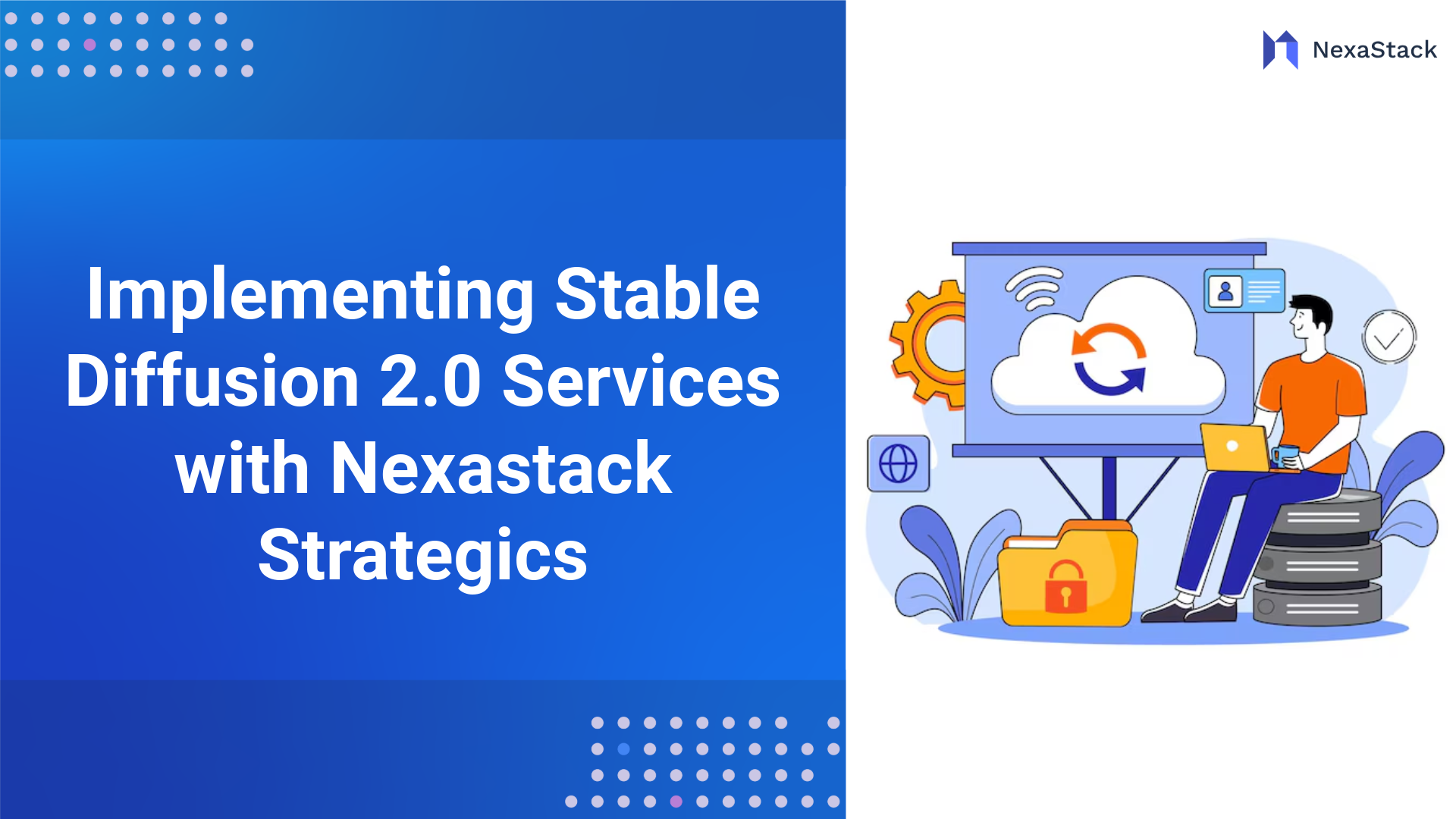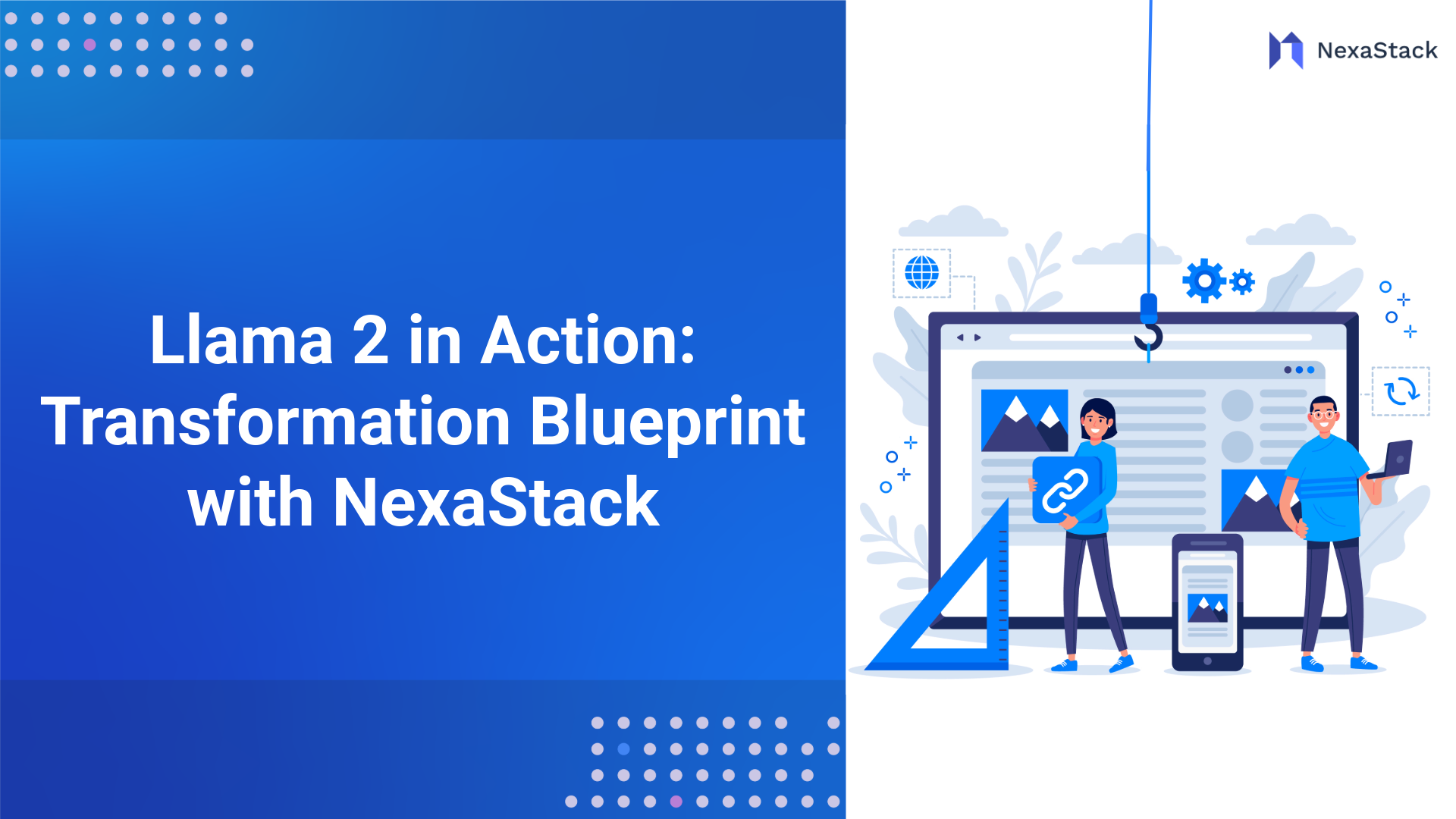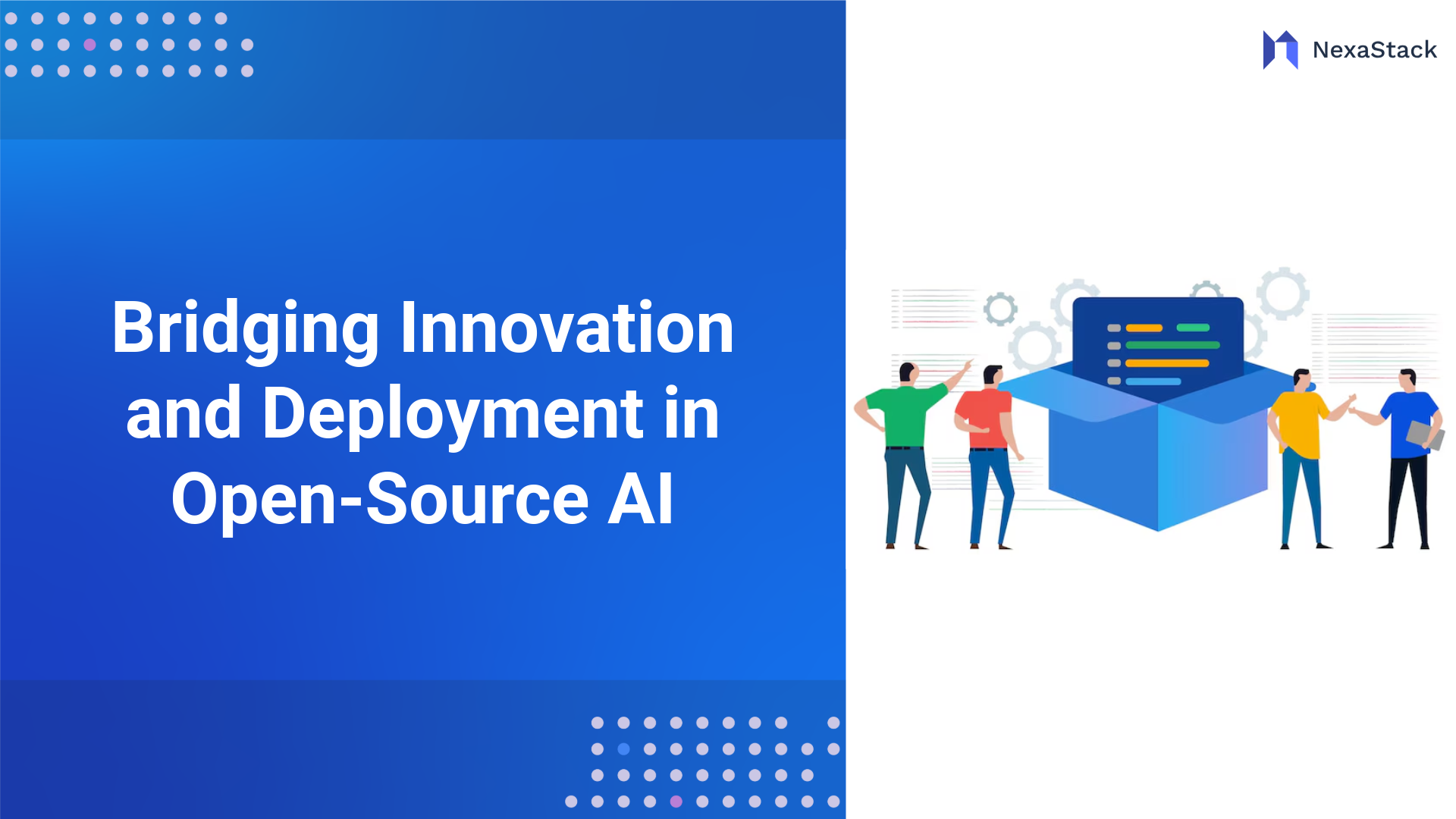Administering AI Regulations and Compliance
Reinventing industries over time requires the management of regulations and compliance as core structures of deploying AI. Navigating an intricate regulatory landscape will be necessary to manage risk and build trust with external stakeholders.
AI Regulation Landscape Understanding
The realm of AI regulation is evolving fast. New guidance from governments and regulators is being released concerning new issues surfacing out of the ethicality, privacy, and security risks areas including:
-
Data Privacy: Regulation, such as GDPR in Europe and CCPA in California, emphasizes how established risks to individual privacy would necessitate measures that organizations using AI should take to protect personal data safety.
-
Ethical AI: Developing guidelines ensures design of AI systems in such a way that they are fair, unbiased, and not opaque.
-
Security: Regulation not just seeks to defend AI systems from cyber-offenses but also to ensure proper integrity in AI-based decision-making.
To demonstrate compliance, businesses should
-
Monitor Regulatory Changes: Follow emerging regulations and updates in the AI landscape.
-
Conduct Regular Audits: Conduct audits to ensure regulation compliance and coverage areas for improvement.
-
Implement Best Practices: Apply industry best practices in data management, ethical AI, and security.
Ensuring Compliance in AI Deployment
Compliance regarding AI deployment requires a forward-thinking approach on regulatory requirements at each stage of the lifecycle provided by AI. Such considerations are:
-
Track Regulation Updates Meaning: Keep yourself focused on new laws and existing transformations in the AI field.
-
Run Regular Audits: Evaluate regular compliance towards current rules and possibilities for improvement.
-
Adopt Best Practices: Integrate industry best practices in data management, ethical AI, and security.
Insights on Implementation Use Cases for Amazon Rekognition
While most critics of Amazon Rekognition have a broader view on ethics and ethical compliance with laws and government regulations in general concerning AI deployment, the effects of the various implementations of Amazon Rekognition have led to important lessons learned, such as:
- Mitigating bias: Identifying and dealing with bias against any AI algorithmic output,t which can ensure, or at least help ensure, that these outputs represent valid and fair results.
- Transparency: Transparency in understanding how AI algorithms derive results would enhance user and stakeholder trust.
- Community engagement: Getting community and stakeholder feedback on their larger concerns about AI deployments and assisting each other in the proactive engagement to address their concerns.
Positioning for AI Competitive Advantage
AI offers unlimited opportunities to create a competitive advantage within businesses. When organizations understand their competitive landscape and develop the necessary actions, they become positioned for that long-term advantage.
Understanding Competitive Landscape with AI
AI can be applied to understand competitive landscapes and identify opportunities and threats. Here are some examples:
-
Market Intelligence: Use AI to understand market data, find insight into competitor strategies, and emerging market trends.
-
Customer Insights: Use of AI to understand customer preferences and behaviour informs your competitive position.
-
Innovation Tracking: Track innovation and technological advancements relevant to your industry to stay ahead of competitors.
Achieving Competitive Advantage
To outrun competitors in the AI domain, firms should:
-
Propagate through Continuous Innovation: Keep innovation through R&D alive by staying ahead of the trend to become more competitive.
-
Stay Efficient and Agile: Maintain high levels of efficiency and agility to respond to changes in market conditions and customer requirements.
-
Develop Partnerships and Collaborations: Establish partnerships and collaborations that are strategically relevant to leveraging one another's complementary strengths and resources.
NVIDIA Clara AI: Transforming healthcare
Clara AI by NVIDIA is a new technological innovation in hospital patient care. With advanced medical imaging, genomics, and smart sensors, Clara AI is facilitating healthcare to enable personalised and accurate care for patients to get better health outcomes and mitigate operational costs.
Optimizing AI Investments through Thoughtful Allocation of Resources
Thoughtful allocation of resources is critical to optimizing one's AI investments. By managing resources intentionally and focusing very primarily on the high-impact work streams, ROI can be maximized and be ripe for growth.
Efficient Management of Resources in AI Projects
Efficient resource management is fundamental for AI project success. Here are some considerations:
-
Prioritise Initiatives: Meaningfully identify and prioritise AI initiatives that are meaningful within the business context and can achieve very high ROI.
-
Allocate Resources the Right Way: Allocate resources according to project demands and leverage talent, technology, and data to maximize productivity.
-
Monitor Progress: Track empirical AI project progress, including AI work streams, and use meaningful data experiences to allocate resources.
Maximizing Return on Investment via Effective Resource Deployment
To maximize ROI on AI projects, organisations should:
-
Invest in high-value categories: Invest in AI initiatives that address significant sustaining business needs with high potential upside.
-
Leverage assets: Use the data, technology, and talent that the organization already has to advance AI efforts.
-
Measure and refine: Always measure ROI on AI initiatives and refine your resource deployment as necessary in order to maximize ROI.
Combining Adobe Sensei AI and Salesforce Einstein AI
Adobe Sensei AI and Salesforce Einstein provide robust solutions and functionalities to enhance the customer experience and help develop your business overall. You can:
-
Give Tailored Customer Experiences: Use A.I. to provide tailored, relevant experiences to your customers across every channel.
-
Enhance Operational Efficiency: Automate business processes and request analyzed data to improve operational efficiency and productivity over time.
-
Support Innovation and Growth: Avail tools and resources that present personally relevant AI-enabled insights to help formulate business strategies on innovation and foster growth.







